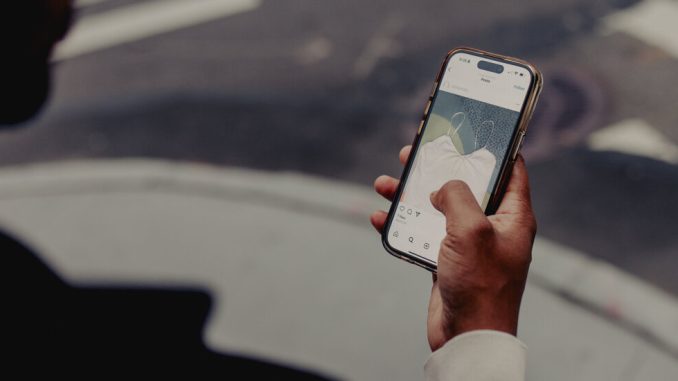
The men’s engagement with the ads did not surprise some small business owners interviewed by The Times. Morgan Koontz, a founder of Bella & Omi, a children’s clothing business in West Virginia that promotes itself on social media, said the company received “inappropriate, almost pedophile-type, perverted comments” from men when they started advertising on Facebook in 2021.
“It made our models uncomfortable, and it made us uncomfortable,” she said.
When the company expanded to Instagram, she and her fellow owner, Erica Barrios, decided to avoid the problem by targeting only women, even though fathers and grandfathers are among their regular customers.
Lindsey Rowse, who owns Tightspot Dancewear Center in Pennsylvania, also restricts her ads to women. When she did not exclude men, she said, they made up as much as 75 percent of her audience, and few bought her products. Separately, she limits how often she shares photos of child models in her non-advertising posts because they often attract men, she said.
“I don’t know how people find it,” she said. “I would love to just block all guys.”
Other business owners expressed similar confusion about how their ads were distributed. Since January, the Utah-based children’s clothing company Young Days has seen more than a doubling of the share of men its ads reach with no major changes in its targeting criteria, according to Brian Bergman, who oversees e-commerce. The shift toward men has hurt sales, he said, and the company has since focused on reaching women.
“It’s not a lucrative business for us, but the algorithm keeps pushing us toward men,” he said.
Carson Kessler contributed reporting, and Julie Tate contributed research.


Be the first to comment